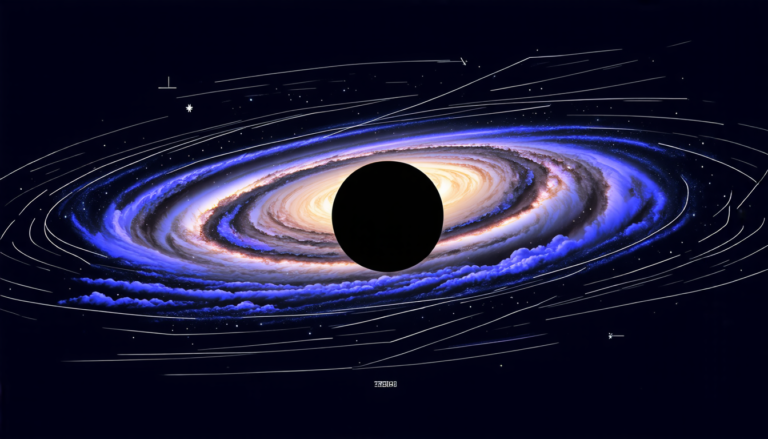Friday 12 September 2025
A peculiar phenomenon has been spotted in the vast expanse of space, one that’s piqued the interest of astronomers and neutrino enthusiasts alike. The discovery is a candidate repeating tidal disruption event (TDE), dubbed AT2022sxl, which has been linked to two high-energy neutrino events detected by the IceCube observatory.
For those unfamiliar with TDEs, they occur when a star approaches too close to a supermassive black hole at the heart of a galaxy, triggering a catastrophic disruption that releases an enormous amount of energy. These events are relatively rare and provide astronomers with a unique opportunity to study the behavior of these enigmatic objects.
In this particular case, AT2022sxl was detected in large-scale optical surveys, revealing two distinct flares separated by approximately seven years. The first flare occurred in 2015, while the second one happened just recently, in 2022. Interestingly, both events display a characteristic light curve pattern, with an initial brightening followed by a gradual decline.
What makes this discovery even more intriguing is its connection to two neutrino events recorded by IceCube in 2020 and 2023. These high-energy particles are thought to originate from the same TDE, suggesting that AT2022sxl might be producing powerful jets of energy that can travel vast distances across space.
The researchers behind this study analyzed two optical spectra taken near the peak of the second flare, using data from the Transient Name Server and the Gran Telescopio Canarias. By comparing these spectra to those taken during the quiescent phase after the first flare, they were able to identify key features characteristic of a composite galaxy at a redshift of 0.23.
The presence of luminous mid-infrared (MIR) emission in both flares is particularly noteworthy. This type of radiation is often associated with TDEs and may be indicative of the event’s energetic activity. The researchers suggest that MIR luminosity could be a key factor in determining whether a TDE is capable of producing neutrinos.
This finding has significant implications for our understanding of these enigmatic events. By studying TDEs like AT2022sxl, scientists can gain valuable insights into the physics of supermassive black holes and the behavior of matter in extreme environments. Moreover, the connection to high-energy neutrino events provides a new avenue for exploring the mysteries of these elusive particles.
Cite this article: “Mysterious Tidal Disruption Event Linked to High-Energy Neutrinos”, The Science Archive, 2025.
Astronomy, Neutrinos, Black Holes, Tidal Disruption Events, Supermassive, Galaxy, Icecube Observatory, High-Energy Particles, Optical Surveys, Composite Galaxy







